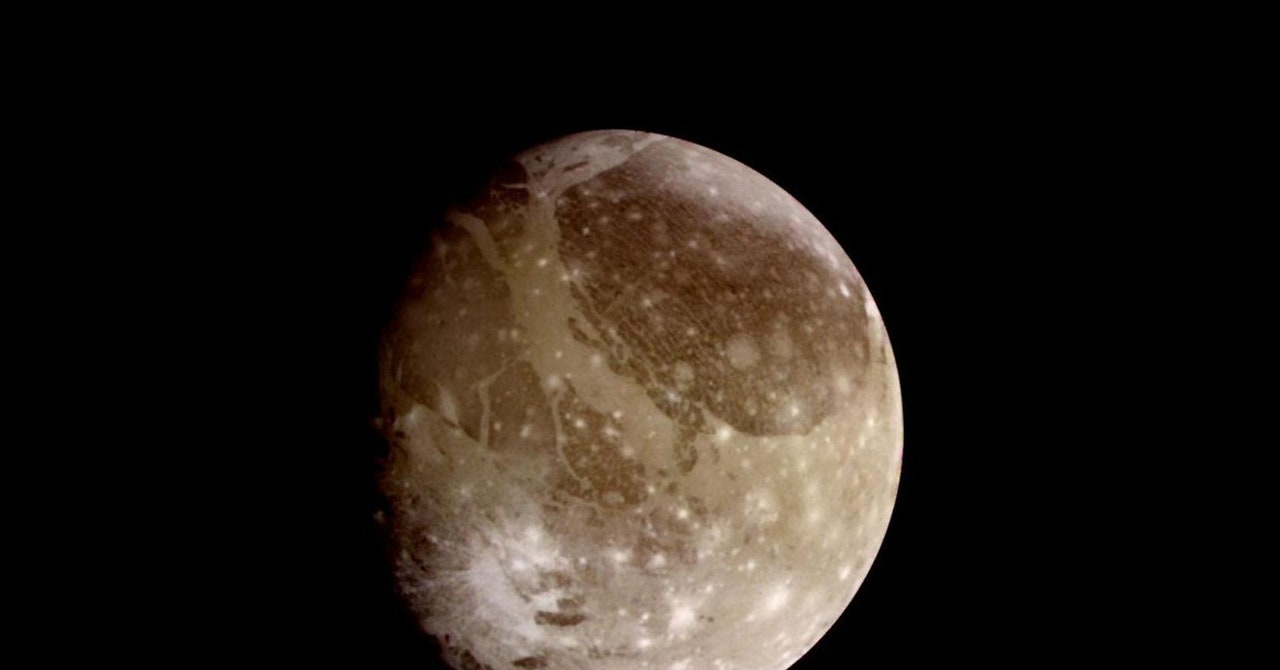Physical Address
304 North Cardinal St.
Dorchester Center, MA 02124
Physical Address
304 North Cardinal St.
Dorchester Center, MA 02124

Europa’s orbit is an ellipse, and the shape of the satellite is affected by Jupiter’s gravity, becoming deformed as it passes closer to Jupiter.
This change in shape creates friction on Europa, generating enormous amounts of heat in a mechanism known as tidal heating, which melts some of the ice and forms a vast internal ocean beneath the moon’s thick ice shell.
Europa’s internal ocean is salty and is estimated to be about 100 kilometers deep on average, with a total volume of water twice that of all of Earth’s oceans, despite this moon being considerably smaller than our planet.
In addition, internal oceans are believed to exist on Jupiter’s moons Ganymede and Callisto and Saturn’s moons Titan and Enceladus.
Liquid water is essential for life as we know it, which is why ocean worlds are at the forefront of the search for extraterrestrial life.
The autonomous underwater exploration robots envisioned by SWIM are extremely small. Their cone-shaped bodies are about 12 centimeters long. A device called a “cryobot” will transport the robots beneath the thick ice shells of these moons, using nuclear energy to melt the ice. The idea is to pack about four dozen robots in the cryobot and let them penetrate the thick ice shell over the course of several years.
There are benefits to sending such a large number of exploration robots. One is that they can explore a wider area. Another is that they are expected to operate in teams, so that several robots can explore the same area in overlapping directions, reducing errors in the observation data.
Each robot will be equipped with sensors to measure the temperature, pressure, acidity, electrical conductivity and chemical composition of the waters it explores. All these sensors will be mounted on a chip that measures only a few square millimeters.
“People might ask, why is NASA developing an underwater robot for space exploration?” says Ethan Schaller, project manager at NASA’s JPL, explaining the motivation behind SWIM. “Because there are places in the solar system that we want to go to look for life – and we think that life needs liquid water.”
This story originally appeared WIRED Japan and was translated from the Japanese.